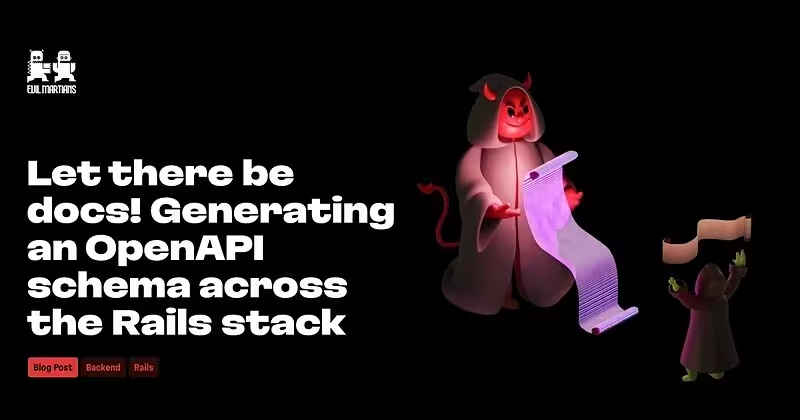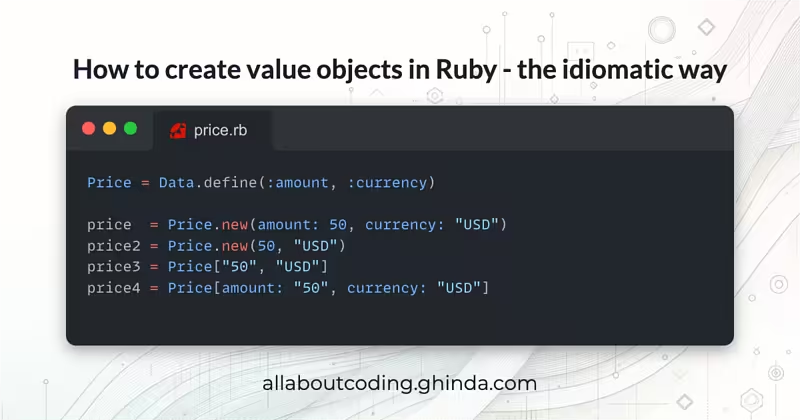Blogs

Let there be docs! Generating an OpenAPI schema across the Rails stack
In API development, documentation is often treated as an afterthought—something tackled once the code’s written and tested. But there’s a growing movement advocating for a documentation-first approach, where API specifications are crafted before a...

Git turns 20: A Q&A with Linus Torvalds - The GitHub Blog
Exactly twenty years ago, on April 7, 2005, Linus Torvalds made the very first commit to a new version control system called Git. Torvalds famously wrote Git in just 10 days after Linux kernel developers lost access to their proprietary tool, BitK...

Sidekiq 8.0: Improvements to the Web UI | Mike Perham
Since its release last month, Sidekiq 8.0 has been very smooth with few reported issues. I’ve been quite happy with the rollout and wanted to provide a little more context about the changes. My goals for any user-friendly, high quality software is...


Ruby makes advanced CLI options easy | justin․searls․co
If you're not a "UNIX person", the thought of writing a command line application can be scary and off-putting. People find the command line so intimidating that Ruby—which was initially populated by a swarm of Windows-to-Mac migrants—now boasts a ...

Very-nearly-free HTTPS redirects for Heroku and DNSimple | justin․searls․co
Tuesday, while recording an episode of The Changelog, Adam reminded me that my redirects from possyparty.com to posseparty.com didn't support HTTPS. Naturally, because this was caught live and on air and was my own damn fault, I immediately rushed...

A Practical Guide to Postgres Isolation Anomalies and How To Tame Them | Dan Svetlov’s blog
Postgres is a powerful and versatile database management system, now ubiquitously used in all types of applications, most notably web services. In this context, its most important property is the ability to serve multitudes of users at the same ti...

Simple Declarative Presence for Hotwire apps with AnyCable—Martian Chronicles, Evil Martians’ team blog
Learn how to seamlessly integrate online presence tracking into a Rails application powered by Hotwire and AnyCableIf Margaret had a more transparent line of communication, “Are you there?” would have been an unnecessary question, and we’d never h...




